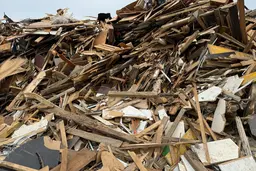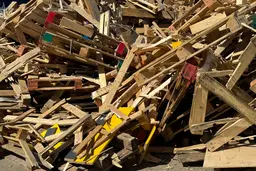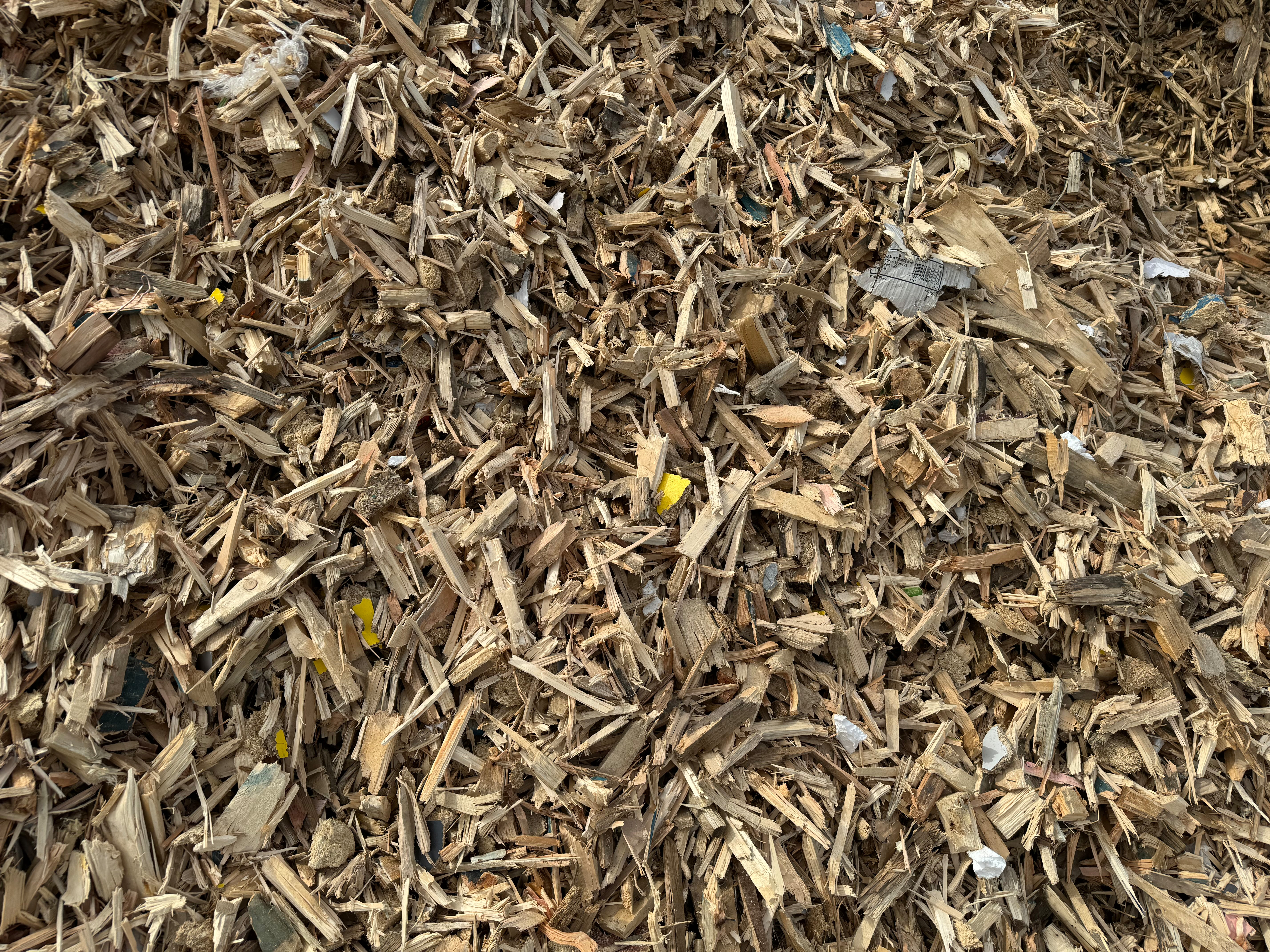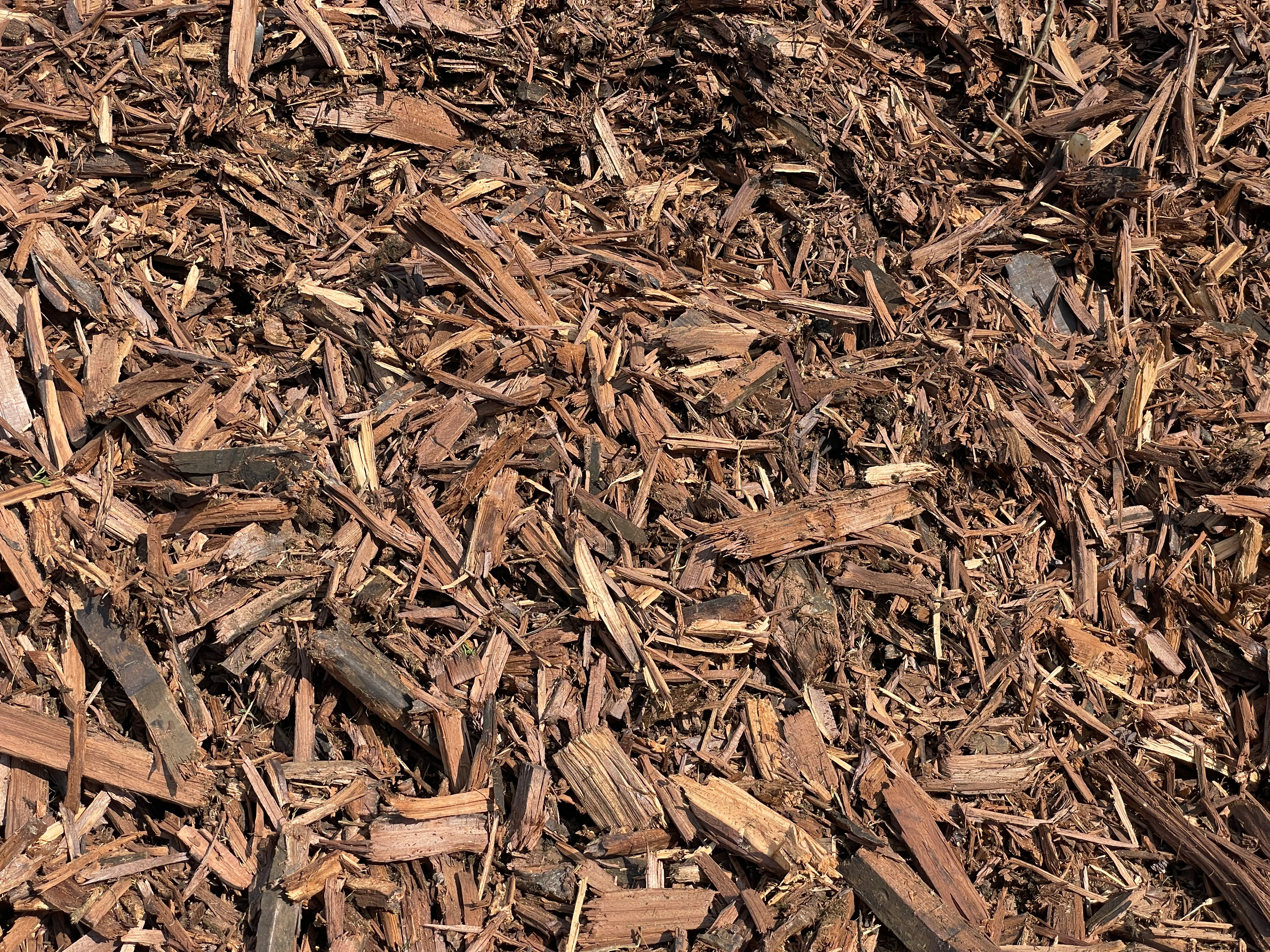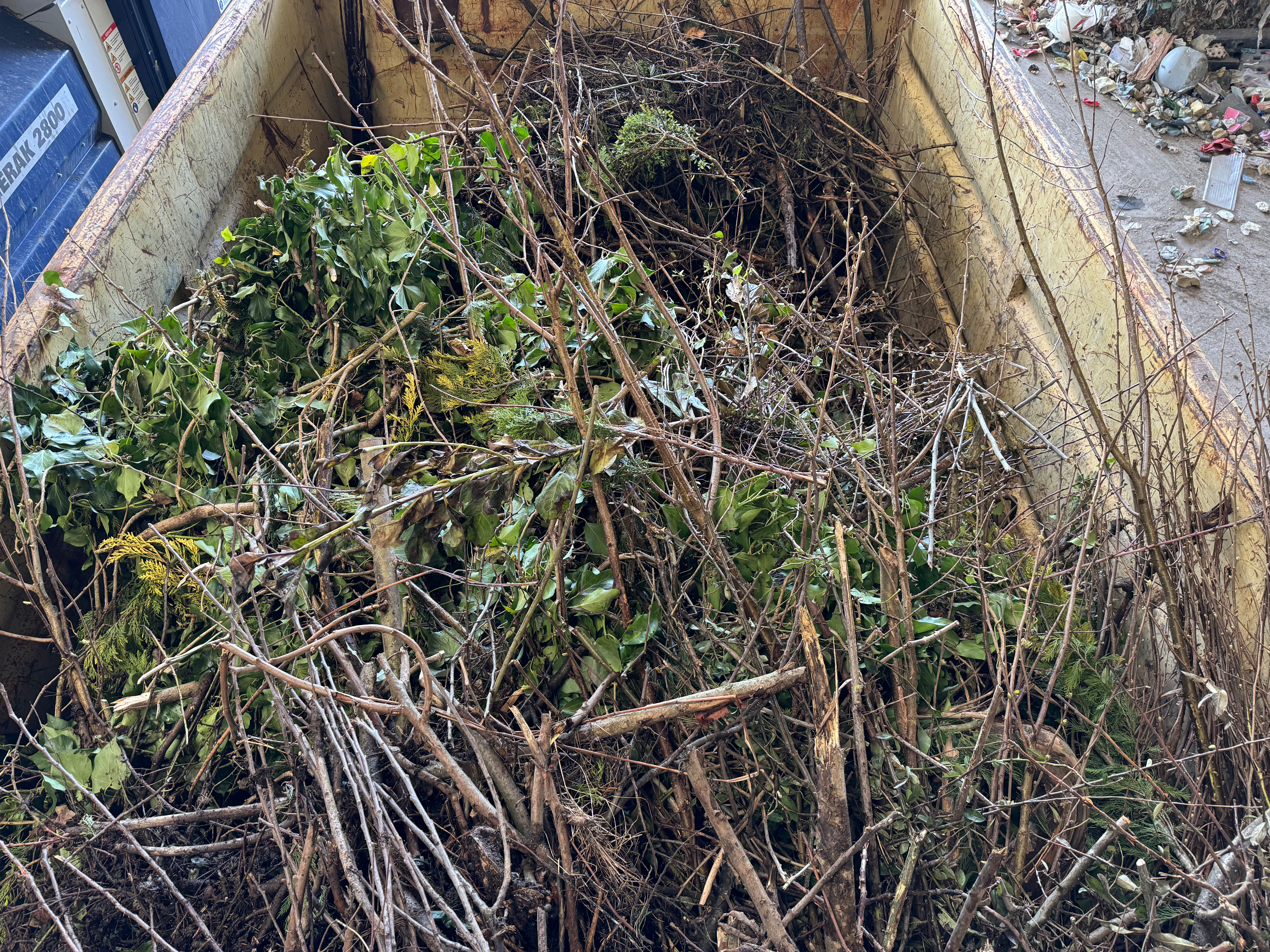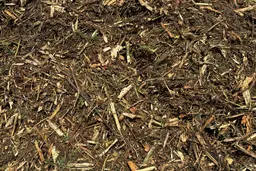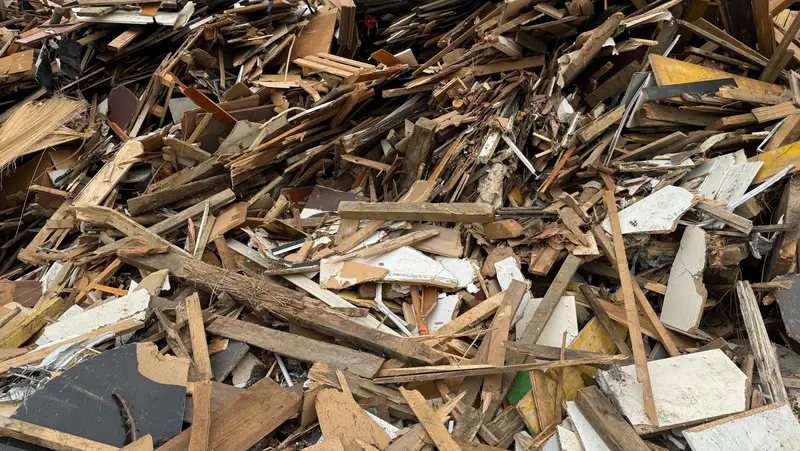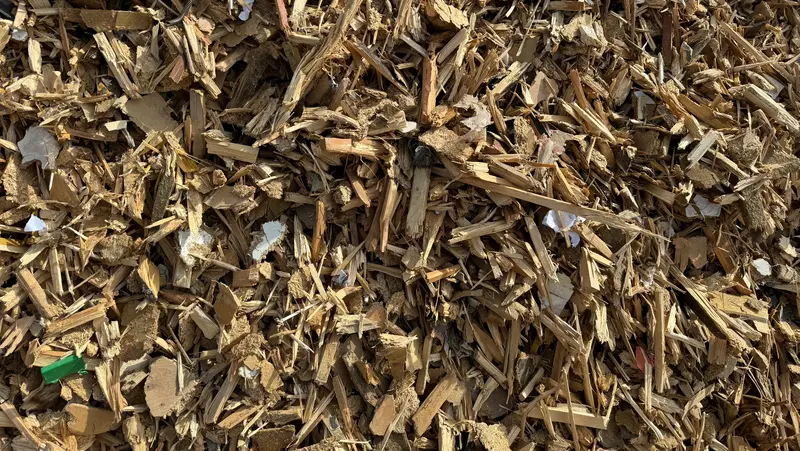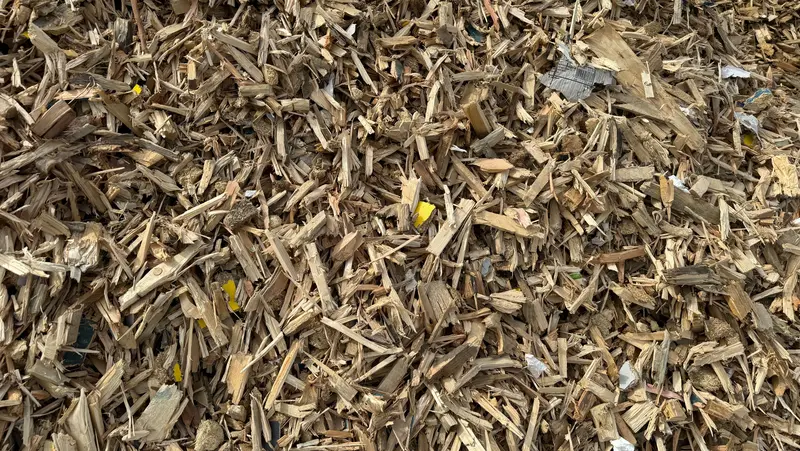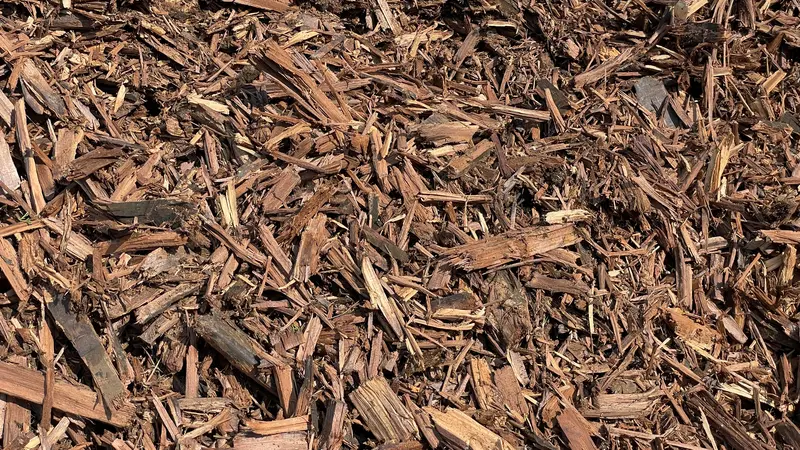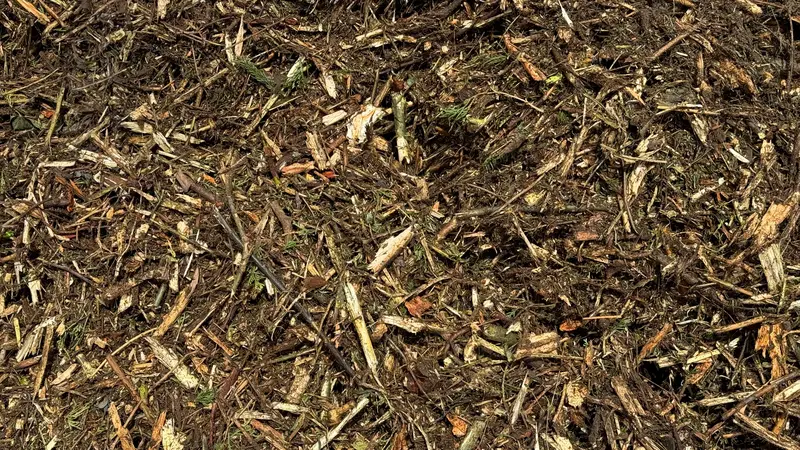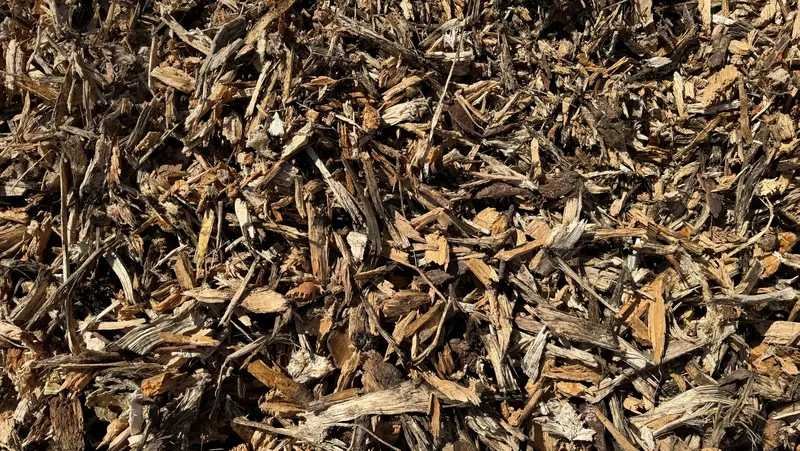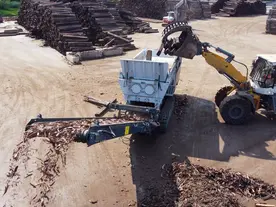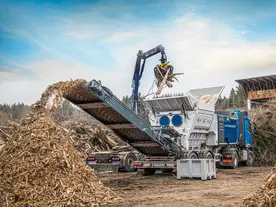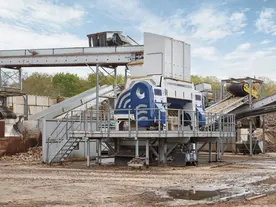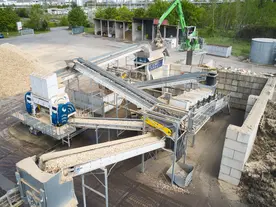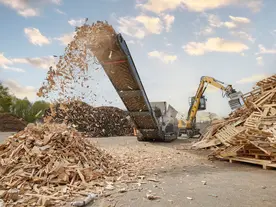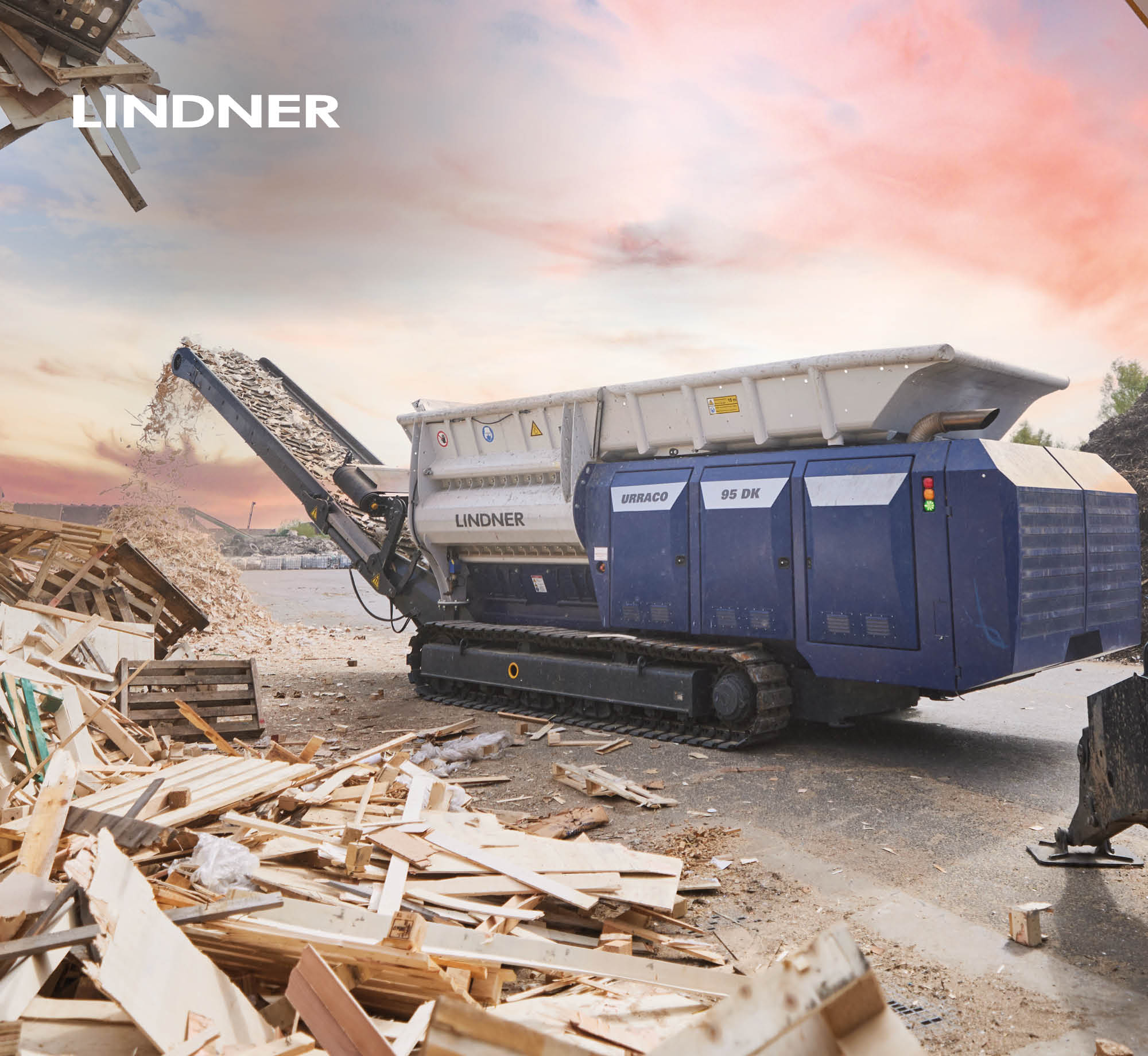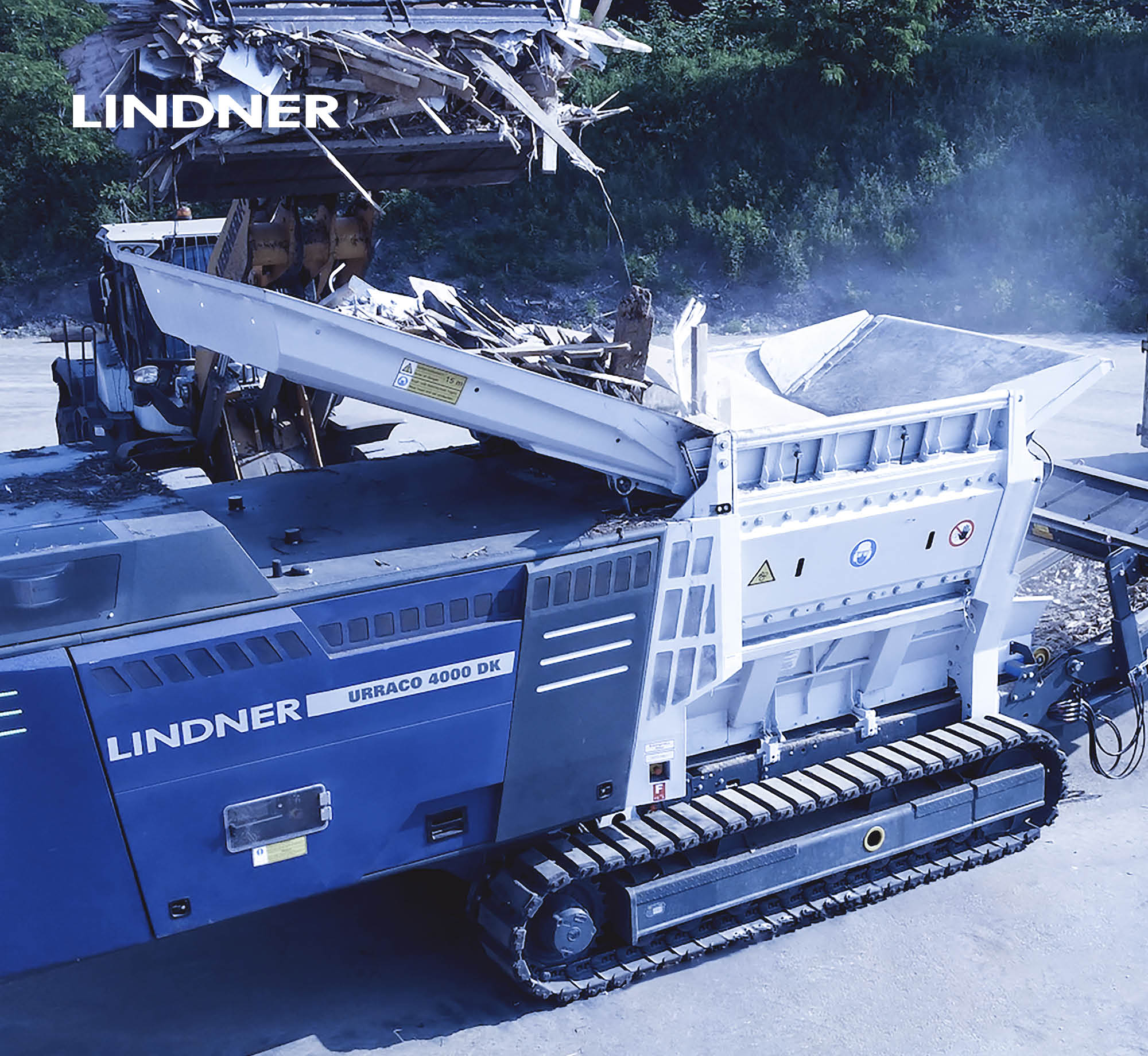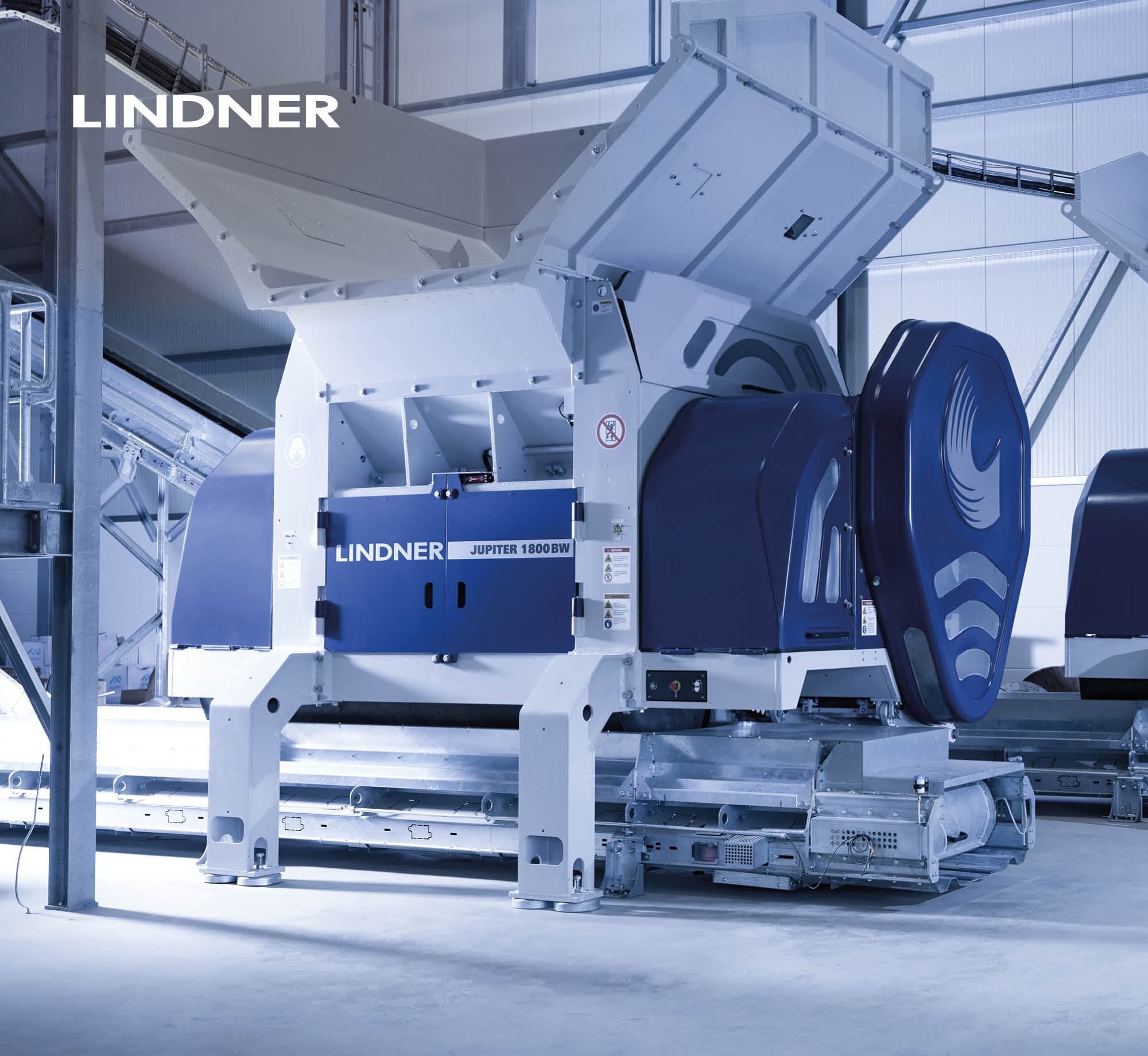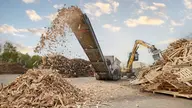
TURN OLD INTO NEW.
Recovering waste wood properly plays an important part in environmental protection. The degree of contamination of the material determines its further use. The grading structure may vary from country to country. In Germany, for example, there are four grades. Waste wood of grades A I and A II can be sent for recycling, e.g. in chipboard production. Grades A III and A IV are usually only suitable for incineration.

Waste wood recycling for material recovery
Most of the waste wood processed in the recycling process goes to the chipboard industry. As it is subsequently used to make everyday products, it is important to only process materials that are free from substances that are harmful to the environment or health, such as organohalogen compounds. These are adhesions consisting of halogens such as fluorine or chlorine in combination with hydrocarbons. Although these substances are now largely banned, they can still be found in some waste wood batches in the form of PVC coatings or wood preservatives, for example.
Waste Wood Recycling Characteristics
| Particle size | 10 - 30 mm |
| Waste wood grades | A1, A2 |
| Use | mostly in the chipboard industrie |

Processing waste wood into fuel
Some types of waste wood are difficult or impossible to recycle due to their treatment. Wood preservatives for products that are exposed to heavy weathering and stress and, above all, halogenated organic compounds play an important role here. In order not to leave these residual woods unused, under the right conditions they can be the ideal raw material for generating heat and energy.
Waste Wood Fuel Characteristics
| Standard | EN ISO 17225-1 |
| Particle size | 80 - 120 mm (categorised in P classes) |
| Waste wood grades | A1 - A4 |
| Use | as fuel in thermal power plants |
Connect With Us
Need answers about applications or particle sizes? Reach out today - our specialists are ready to provide support. Together, we'll uncover your perfect solution.
GRADING WASTE WOOD
GRADING – AN OVERVIEW
| A I | Virgin or only mechanically processed waste wood, minor contamination, e.g. solid wood panels, virgin wood on building sites, untreated solid wood furniture, etc. – particularly suitable for recycling |
|---|---|
| A II | Glued, coated, painted, without organohalogen compounds or wood preservatives, e.g. pallets, clippings from composite wood, structural chipboard, etc. |
| A III | Treated, coated, with organohalogen compounds, without wood preservatives, e.g. bulky waste wood (mixed materials, coated furniture, etc.) |
| A IV | Treated, coated, with organohalogen compounds, without wood preservatives, e.g. bulky waste wood (mixed materials, coated furniture, etc.) |
STRICT STANDARDS – SOLID BIOFUEL CLASSIFICATION
Selecting the shredding technology for subsequent incineration or recycling of waste wood always depends on the required end product. The more defined the final particle size, the easier it is to feed into subsequent processes. The ISO 17225-1 standard describes the different specifications in great detail in terms of the required particle sizes.
TYPICAL PARTICLE SIZES IN LINE WITH EN ISO 17225-1
| Class | main fract. 60% | max. coarse fract. | max. length |
|---|---|---|---|
| P16 | < 16 mm | 6 % > 31,5 mm | 45 mm |
| P45 | < 45 mm | 10 % > 63 mm | 350 mm |
| P63 | < 63 mm | 10 % > 100 mm | 350 mm |
| P100 | < 100 mm | 10 % > 150 mm | 350 mm |
| P200 | < 200 mm | 10 % > 250 mm | 400 mm |
INPUT & OUTPUT MATERIALS
